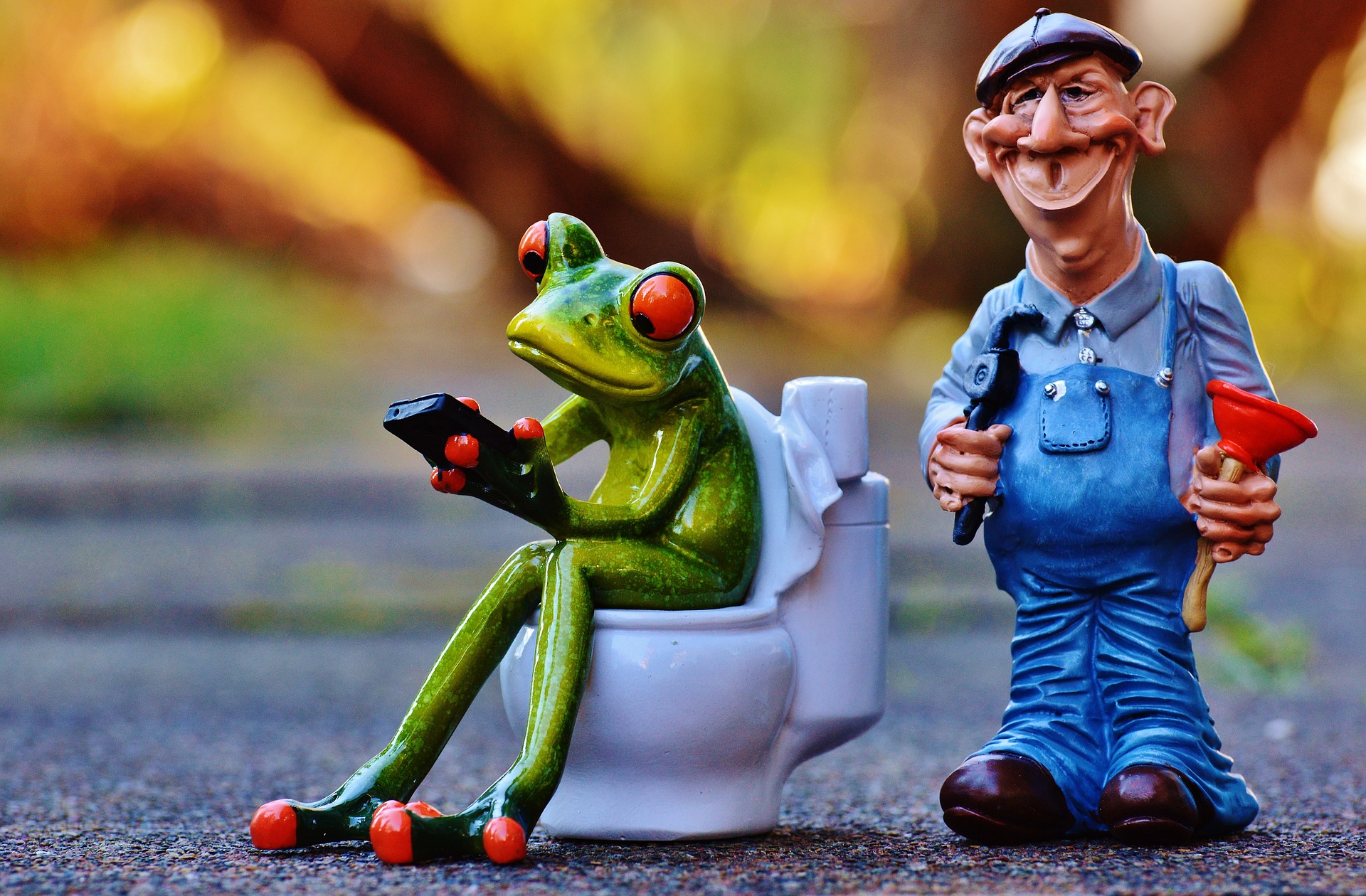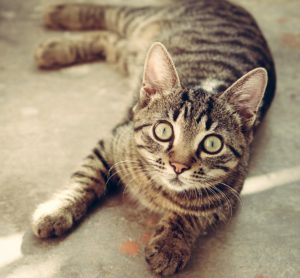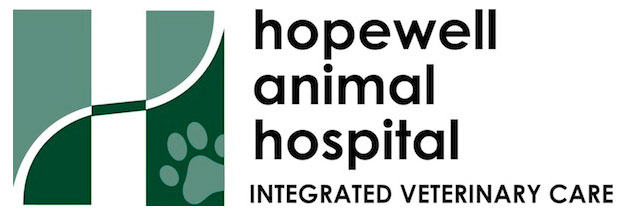
Constipation and Acupuncture
Lately we have been seeing a lot of patients with problematic constipation. While an occasional episode of mild constipation is not cause for alarm, in many cases, veterinary assistance may be needed. Constipation is defined as infrequent or difficult bowel movements. There are many potential reasons why your pet might develop constipation. Here is what you need to know:
- Straining unproductively can be a symptom of constipation, large intestinal diarrhea, or even urinary tract problems.Small amounts of mucous, gooey, or even blood-tinged stool can be passed and there is a lot of pushing involved in both constipation and diarrhea.Difficulty urinating can also appear as straining. If all you have noticed is straining, it may not be constipation. Straining to urinate is often an emergency situation.
- It may be tempting to buy a commercially prepared enema at the drug store and attempt to relieve the pet’s problem at home. Some commercially prepared products are toxic to pets so it is important that human constipation products, be they enemas or laxatives, not be used in pets without specific veterinary instruction.
One of the purposes of the colon (large intestine) is the storage of stool. Many pet owners become alarmed if the pet has not passed a stool in a few days, especially in a post-anesthetic situation. In fact, the colon can easily store several weeks worth of stool, if only a few days have passed and the animal does not seem uncomfortable, it may be worthwhile to wait a little longer.
Simple constipation can be caused by any number of reasons.
- Some animals excessively groom themselves (especially if they are itchy) and find themselves passing stools containing large amounts of hair. This is not an uncommon cause for constipation and often treatment for the excessive grooming is helpful.
- Some animals, especially dogs, get in the habit of eating gravel, stones, dirt, bones, or plants. This does not usually indicate a dietary deficiency as many owners suspect, though we do not have a good explanation for this unusual dietary behavior. Stools produced can be sharp or painful to pass, often leading to straining and discomfort.
- Some medications and anesthetics can have constipation as a side effect.
- Another, and very important, cause of constipation is an electrolyte imbalance, especially in an older pet. This may be the only noticeable sign of a larger problem, such as kidney failure. If constipation has been a recurring problem, a lab work database becomes especially important.
- A physical obstruction may be causing the problem. This could be caused by old trauma, improperly healed injuries, or even developmental problems.
- An enlarged prostate gland is a common feature of older male dogs. The gland sits just below the colon and can press on the colon, causing flattening of and difficulty passing stools.
Treatment For Simple Constipation

Did you say “cat enema???”
Simple isolated episodes of constipation can sometimes be managed with dietary changes or a short course of medication. An old-fashioned remedy has been mineral oil taken orally (by mouth). It is best to avoid this, as mineral oil is easily inhaled accidentally into the respiratory tract, with very bad consequences. If we diagnose constipation in your pet, specific recommendations will be made.
Recurring Constipation
In recurring constipation, enemas may have to be used, and medications/diet changes may become permanent management methods. Lab work database and abdominal x-rays become especially important. Obviously, any underlying causes of recurrent constipation must be addressed.
Constipation Vs Obstipation
When constipation becomes a continuous problem, it is more correct to use the term obstipation. In this situation, patients are unable to effectively or completely empty the colon on their own (70% of affected cats are male, 30% female). The obstipated colon is enlarged and packed with an enormous, rock-hard burden of feces. The patient is usually quite uncomfortable.Frequent unproductive straining, lethargy, appetite loss, and even vomiting may occur. Small hard bits of stool are often found around the house as well as in the litter box. Sometimes liquid fecal secretions are passed around the hard fecal mass, leading the owner to incorrectly think the pet has diarrhea.
Usually the only way to relieve this is through a more complete de-obstipation process, which frequently necessitates general anesthesia. In these cases, the stool must be softened and manually removed. If the colon is severely backed up, often a single procedure is not sufficient, as some of the stool that is higher up may not be accessible at the time of the procedure. There is no way to predict the frequency with which this procedure must be performed in a given individual.
High-fiber diets are not appropriate after a patient has progressed from simple constipation to obstipation.
Acupuncture
Acupuncture has been shown to be a great asset in treating patients with both simple and recurrent constipation. Often, an acupuncture treatment, along with an enema, is sufficient to allow a severely constipated animal to pass the retained stool. Acupuncture is well tolerated by most pets, and is a powerful, non-invasive way to provide fast relief. For pets that might otherwise require sedation and possible hospitalization, acupuncture also provides a more cost-effective solution.
As with all of our treatments, each individual receives a customized management plan. These are likely to combine medications, dietary recommendations, acupuncture, herbal supplements, and lifestyle modifications.
If you are concerned that your pet may be having issues with constipation, do not hesitate to contact our office.
